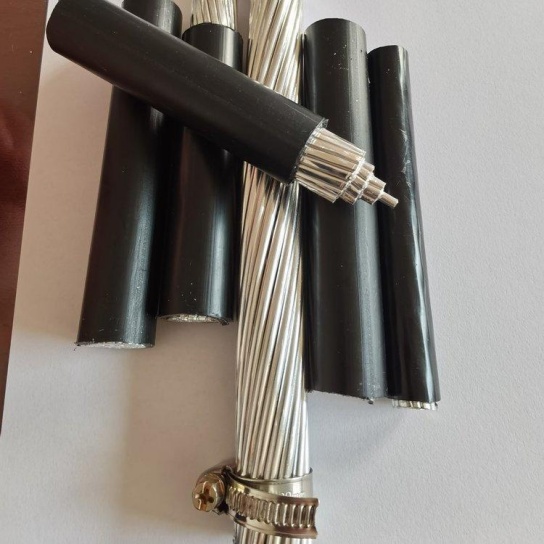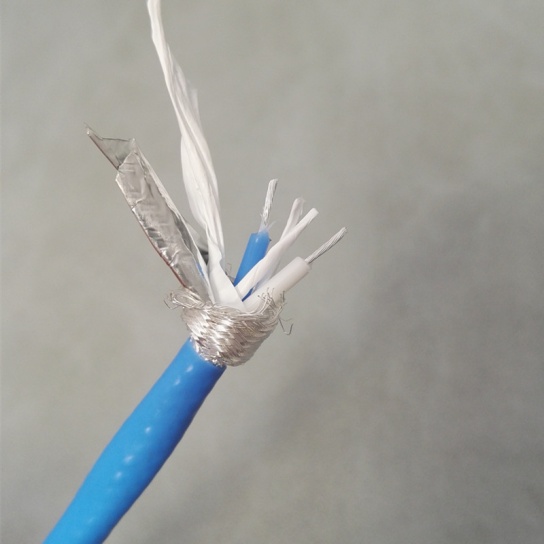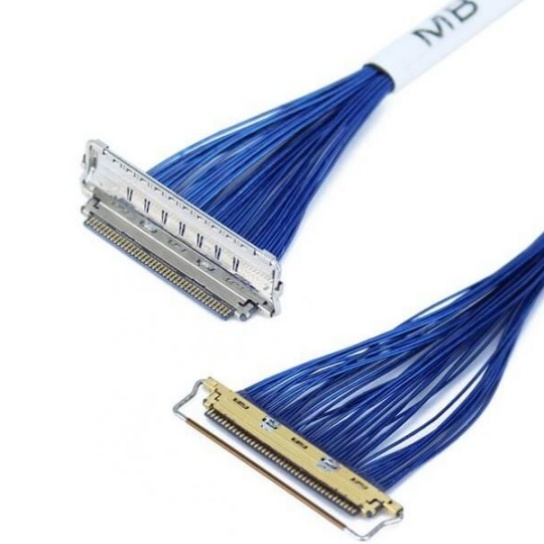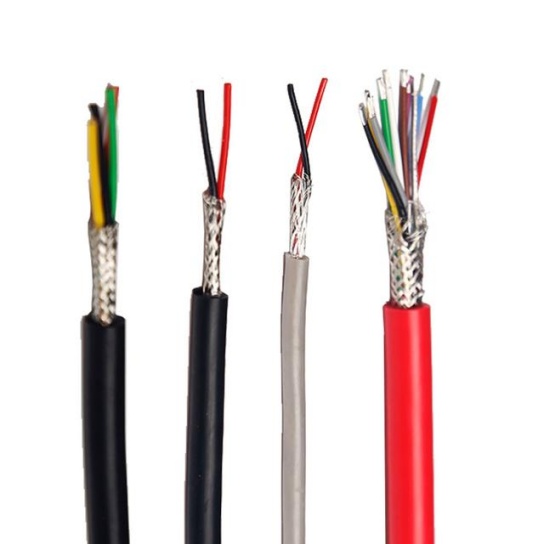Aircraft Cable Assemblies: Supporting Advanced Avionics Integration
Advanced avionics—from fly-by-wire systems and radar modules to in-flight entertainment (IFE) and connectivity platforms—are reshaping modern aviation, demanding higher data speeds, reliability, and miniaturization. At the heart of this transformation lies a often-overlooked component: aircraft cable assemblies. These tailored systems of wires, connectors, shielding, and insulation are not mere “links” but critical enablers of seamless avionics integration, directly impacting performance, safety, and operational efficiency.
1. Core Roles of Aircraft Cable Assemblies in Avionics Integration
Avionics systems rely on two non-negotiable functions: uninterrupted signal transmission and stable power delivery. Aircraft cable assemblies are engineered to excel at both, even in aviation’s harshest environments (extreme temperatures, vibration, electromagnetic interference, and humidity).
- Signal Integrity for High-Performance Avionics: Modern avionics (e.g., 4K IFE, satellite communication, and collision avoidance systems) require data transfer rates exceeding 10 Gbps. Cable assemblies with controlled impedance (e.g., 50Ω or 75Ω) and low insertion loss prevent signal degradation, ensuring radar data, flight controls, and passenger connectivity remain accurate. Shielding—typically braided copper or aluminum foil—blocks electromagnetic interference (EMI) from adjacent systems (e.g., engines or radios), a critical safeguard for sensitive avionics like autopilots.
- Power Management for Multi-System Integration: As avionics become more densely packed (e.g., electric aircraft with hybrid propulsion), cable assemblies must distribute power efficiently without overheating. High-temperature insulation materials (e.g., PTFE or FEP) withstand operating ranges of -65°C to 150°C, while robust conductor designs (stranded copper for flexibility) handle variable current loads without fatigue—essential for powering integrated systems like flight displays and sensor arrays.
- Mechanical Compatibility in Tight Spaces: Avionics bays and aircraft cabins have limited space. Custom cable assemblies (e.g., miniaturized connectors, ribbon cables, or pre-terminated harnesses) are designed to fit exact geometric constraints, reducing installation time and minimizing the risk of damage during maintenance. This compatibility is vital for retrofitting older aircraft with new avionics (e.g., upgrading legacy cockpits to digital displays).
2. Technical Requirements for Avionics-Grade Cable Assemblies
Not all cable assemblies meet aviation standards. To support advanced avionics, they must comply with strict industry certifications and performance benchmarks:
- Regulatory Compliance: Assemblies must adhere to aerospace standards like DO-160 (environmental testing for temperature, vibration, and altitude) and AS9100 (quality management for aerospace). For example, DO-160’s Section 10 (vibration) ensures cables survive takeoff and turbulence, while Section 15 (EMI) validates shielding effectiveness.
- Material Durability: Aviation-specific materials resist corrosion (from de-icing fluids), flame propagation (per FAR 25.853), and UV radiation. For instance, ETFE insulation offers superior chemical resistance, making it ideal for engine-mounted avionics, while silicone rubber insulation provides flexibility for cabin-mounted IFE systems.
- Reliability and Longevity: Aircraft have service lives of 20–30 years, so cable assemblies must avoid premature failure. This requires rigorous testing: continuity checks (to eliminate open circuits), hipot testing (to detect insulation flaws), and cycle testing (to simulate repeated thermal expansion/contraction).
3. Solving Integration Challenges with Tailored Cable Assemblies
Advanced avionics integration often faces three key hurdles: EMI cross-talk, space constraints, and retrofitting complexity. Cable assemblies address these directly:
- Mitigating EMI Cross-Talk: In integrated cockpits, multiple avionics systems (e.g., navigation, communication, and flight control) operate in close proximity. Twisted-pair cable designs or multi-layer shielding (foil + braid) reduce cross-talk, ensuring each system’s signals remain isolated.
- Enabling Miniaturization: Next-gen avionics (e.g., compact radar modules for drones or urban air mobility) demand smaller cable assemblies. Micro-connectors (e.g., MIL-DTL-38999 Series III with size 23 contacts) and thin-gauge wires (28–32 AWG) reduce footprint without compromising performance.
- Simplifying Retrofitting: Upgrading older aircraft (e.g., adding ADS-B transponders to comply with global regulations) requires cable assemblies that interface with legacy systems. Custom-designed harnesses with mixed connector types (e.g., combining BNC for analog signals and Ethernet for digital data) eliminate the need for full system overhauls, cutting costs and downtime.
4. Future-Ready Cable Assemblies for Next-Gen Avionics
As avionics evolve—toward AI-driven flight controls, electric propulsion, and 5G connectivity—cable assemblies will adapt:
- High-Speed Data Support: Ethernet-based avionics (e.g., ARINC 664) will require cable assemblies with 100 Gbps+ bandwidth and enhanced EMI shielding.
- Sustainability: Lightweight materials (e.g., aluminum conductors instead of copper) will reduce aircraft weight, lowering fuel consumption.
- Smart Monitoring: Embedded sensors in cable assemblies will track temperature, vibration, and signal quality in real time, enabling predictive maintenance and reducing in-flight failures.
For aviation manufacturers and MROs, choosing the right aircraft cable assembly partner is critical to unlocking avionics potential. FRS, a leading aerospace cable assembly factory, specializes in designing and manufacturing avionics-grade solutions tailored to these exact needs. FRS’s assemblies comply with DO-160, AS9100, and MIL standards, using premium materials (PTFE, FEP, and high-conductivity copper) to ensure signal integrity and durability. Whether for new aircraft production or legacy retrofits, FRS offers custom designs—from miniaturized harnesses for UAM to high-power assemblies for electric propulsion systems—backed by rigorous testing (continuity, hipot, and environmental cycling). With FRS as your partner, you can trust that your avionics integration is supported by reliable, future-ready cable assemblies, minimizing risk and maximizing operational efficiency.






